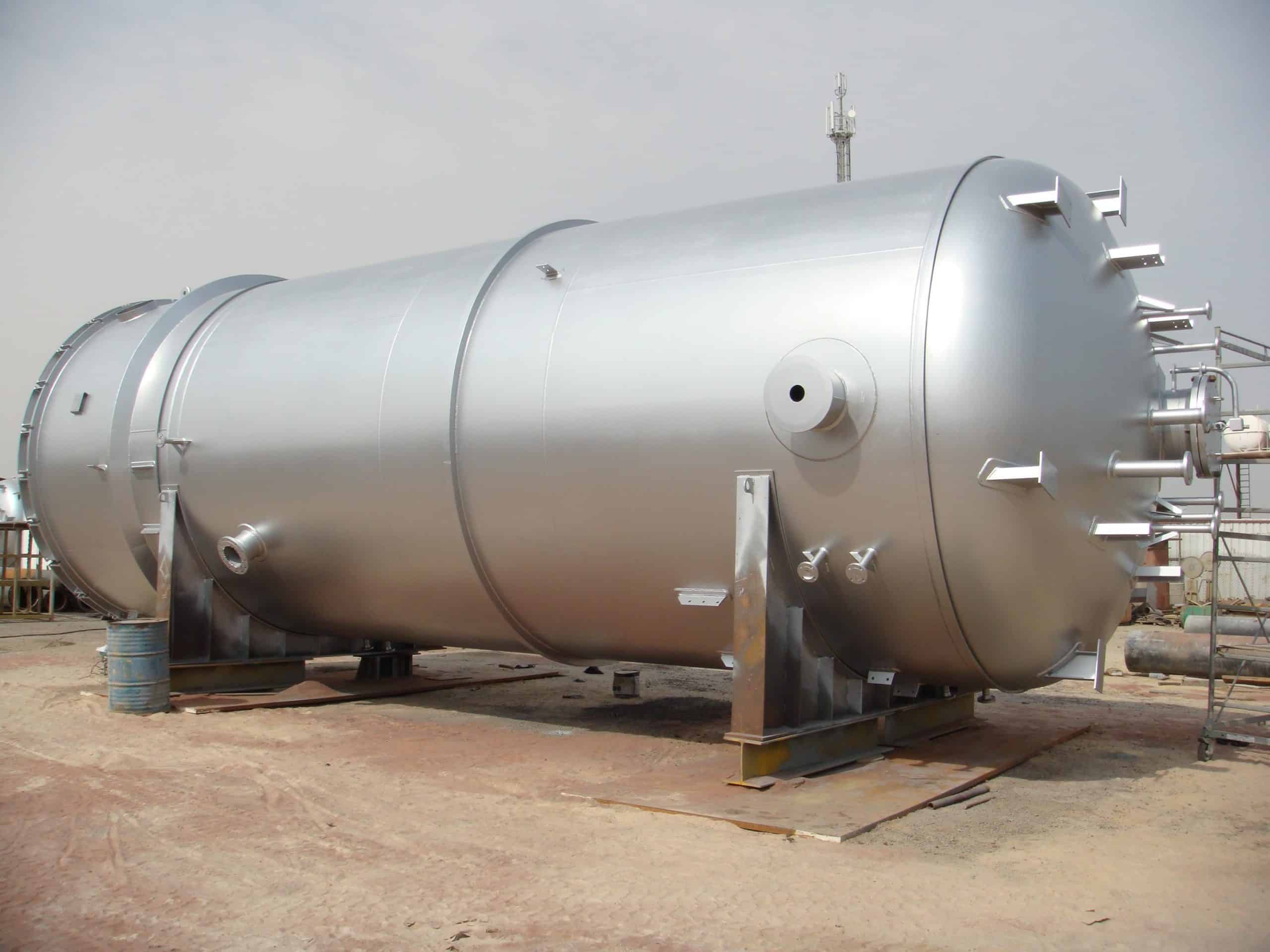Scope of API 510 Standard: Pressure Vessel Inspection Code
April 29, 2024 | Tank Inspection Services | No Comments

The American Petroleum Institute (API) 510 Standard, titled “Pressure Vessel Inspection Code: In-Service Inspection, Rating, Repair, and Alteration,” serves as a crucial guideline for the certified tank and piping inspections professionals, maintenance, and alteration of pressure vessels used in various industries, including oil and gas, chemical, and manufacturing. This comprehensive standard outlines the requirements and procedures for ensuring the integrity and safety of pressure vessels throughout their service life.
In this blog, we’ll explore the scope of the API 510 Standard and its significance in maintaining the integrity of pressure vessels.
Overview of API 510 Standard
The API 510 Standard provides guidelines for the in-service inspection, repair, alteration, and rerating of pressure vessels, including pressure vessels, storage tanks, and heat exchangers. It covers a wide range of topics, including inspection intervals, examination techniques, acceptance criteria, and repair procedures, to ensure the safe operation of pressure vessels in various service conditions.
Key Elements of the API 510 Standard
In-Service Inspection: The API 510 Standard outlines the requirements for conducting in-service inspections of pressure vessels to assess their condition and identify any defects or deterioration. It specifies inspection intervals, methods, and techniques to be used, including visual inspection, non-destructive testing (NDT), and pressure testing, to ensure the integrity of pressure vessels during operation.
Rating and Rerating: The standard provides guidelines for tank integrity inspection services for rating and rerating pressure vessels based on their design, materials, and service conditions. It outlines the criteria for determining maximum allowable working pressure (MAWP), design pressure, and pressure relief device settings, ensuring that pressure vessels are operated within safe limits.
Repair and Alteration: API 510 Standard details the procedures and requirements for repairing and altering pressure vessels to address defects, damage, or changes in service conditions. It specifies the qualifications of personnel, welding procedures, and inspection requirements for repairs and alterations, ensuring that pressure vessels maintain their integrity and meet regulatory requirements.
Documentation and Record-Keeping: The standard emphasizes the importance of documentation and record-keeping throughout the inspection, repair, and alteration process. It requires the preparation of inspection reports, repair records, and alteration documentation to track the history and condition of pressure vessels and demonstrate compliance with regulatory requirements.
Significance of API 510 Standard
The API 510 Standard plays a critical role in ensuring the integrity, safety, and reliability of pressure vessels in various industries. By providing clear guidelines and requirements for inspection, maintenance, and alteration, the standard helps organizations identify and mitigate potential risks, prevent accidents, and ensure compliance with regulatory requirements.
The API 510 Standard: Pressure Vessel Inspection Code is an essential document for ensuring the integrity and safety of pressure vessels in various industries. By outlining the requirements and procedures for in-service inspection, rating, repair, and alteration, the standard helps organizations maintain the integrity of pressure vessels, prevent accidents, and ensure compliance with regulatory requirements. Adherence to the API 510 Standard is crucial for protecting personnel, assets, and the environment while maximizing the performance and reliability of pressure vessels throughout their service life.
Piping inspection, Tank inspection services
